A worksheet requiring different combinations of money to make the provided amount.
Use this worksheet when learning about money and currency values.
Updated: 25 Apr 2019
A worksheet requiring different combinations of money to make the provided amount.
Non-Editable: PDF
Pages: 1 Page
Years: 1 - 5
Recognise the relationships between dollars and cents and represent money values in different ways
Choose and use estimation and rounding to check and explain the reasonableness of calculations, including the results of financial transactions
Use mathematical modelling to solve practical problems that involve additive and multiplicative situations, including financial contexts; formulate the problems using number sentences and choose efficient calculation strategies, using digital to...
Selects and uses mental and written strategies for addition and subtraction involving 2- and 3-digit numbers
Represents and uses the structure of multiplicative relations to 10 × 10 to solve problems
Recognise, describe and order Australian coins according to their value
Count and order small collections of Australian coins and notes according to their value
Represent money values in multiple ways and count the change required for simple transactions to the nearest five cents
Solve problems involving purchases and the calculation of change to the nearest five cents with and without digital technologies
Recognise the relationships between dollars and cents and represent money values in different ways
Choose and use estimation and rounding to check and explain the reasonableness of calculations including the results of financial transactions
Use mathematical modelling to solve practical problems involving additive and multiplicative situations including financial contexts; formulate the problems using number sentences and choose efficient calculation strategies, using digital tools where appropriate; interpret and communicate solutions

A worksheet requiring different combinations of money to make the provided amount.
Use this worksheet when learning about money and currency values.
Recognise the relationships between dollars and cents and represent money values in different ways
Choose and use estimation and rounding to check and explain the reasonableness of calculations, including the results of financial transactions
Use mathematical modelling to solve practical problems that involve additive and multiplicative situations, including financial contexts; formulate the problems using number sentences and choose efficient calculation strategies, using digital to...
Selects and uses mental and written strategies for addition and subtraction involving 2- and 3-digit numbers
Represents and uses the structure of multiplicative relations to 10 × 10 to solve problems
Recognise, describe and order Australian coins according to their value
Count and order small collections of Australian coins and notes according to their value
Represent money values in multiple ways and count the change required for simple transactions to the nearest five cents
Solve problems involving purchases and the calculation of change to the nearest five cents with and without digital technologies
Recognise the relationships between dollars and cents and represent money values in different ways
Choose and use estimation and rounding to check and explain the reasonableness of calculations including the results of financial transactions
Use mathematical modelling to solve practical problems involving additive and multiplicative situations including financial contexts; formulate the problems using number sentences and choose efficient calculation strategies, using digital tools where appropriate; interpret and communicate solutions

We create premium quality, downloadable teaching resources for primary/elementary school teachers that make classrooms buzz!
Would you like something changed or customised on this resource? While our team makes every effort to complete change suggestions, we can't guarantee that every change will be completed.
Did you spot an error on this resource? Please let us know and we will fix it shortly.
Are you having trouble downloading or viewing this resource? Please try the following steps:
If you are still having difficulty, please visit the Teach Starter Help Desk or contact us .
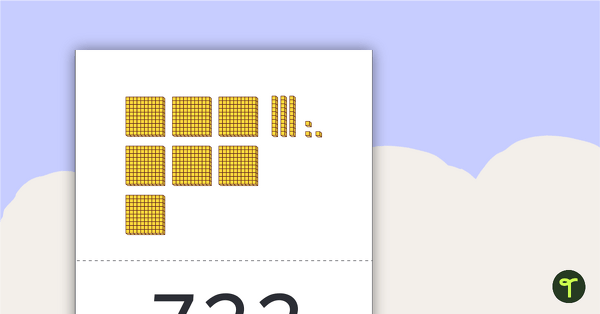
Use these base ten block matching cards to help your students practise number recognition and place value skills for numbers up to 1000.
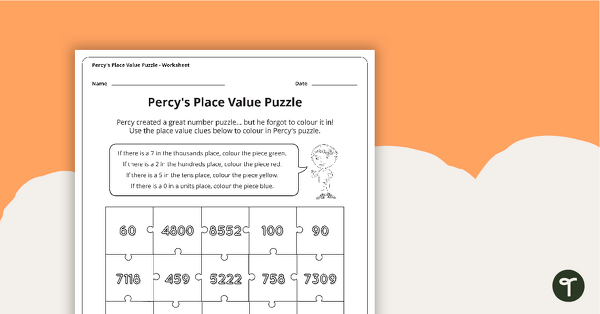
A worksheet to use to consolidate student understanding of place value to the thousands.
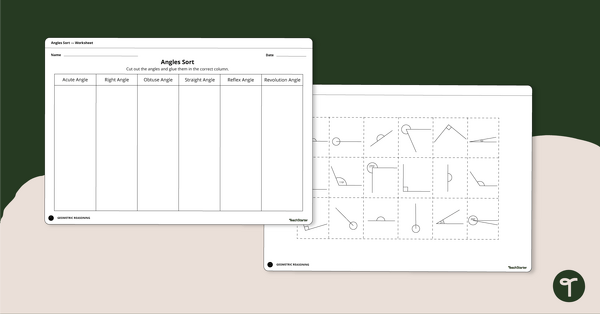
Identify acute, right, obtuse, straight, reflex and revolution angles with this cut-and-paste sorting worksheet.
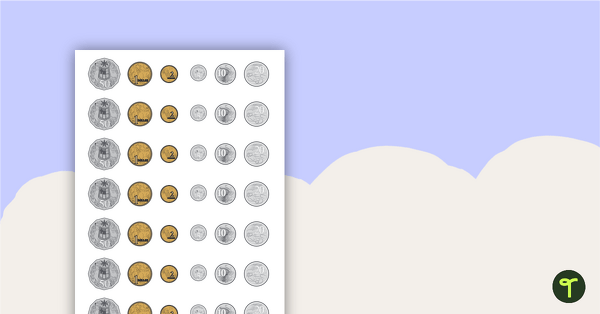
Piggy Bank Pigs are a fun, hands on way for students to learn each of the coins and how their values add up to a certain amount.

Area of 2D Shapes - so many rules and formulas to remember!
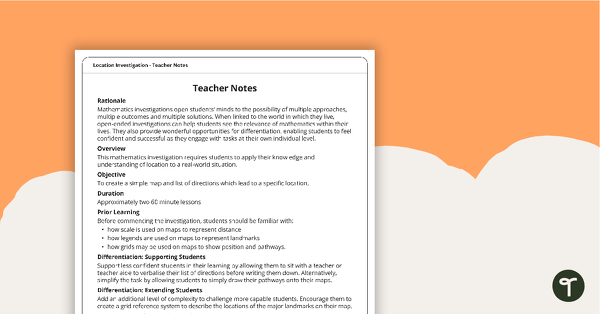
Discover a pirate-themed maths investigation that helps students master location skills by creating maps, writing directions and finding treasure.
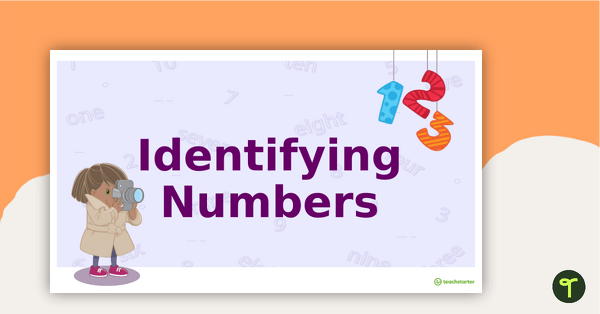
A 12 page editable presentation to use when teaching number recognition to younger students.
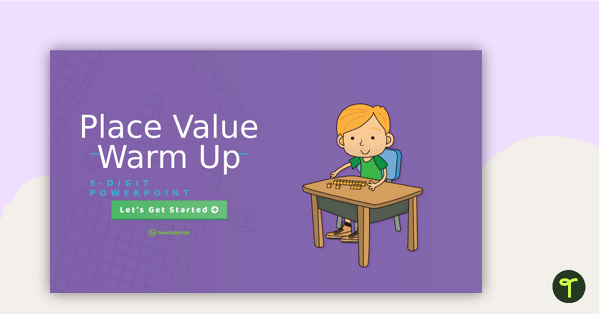
An engaging 44 slide interactive PowerPoint to use when learning about place value to 5-digits.
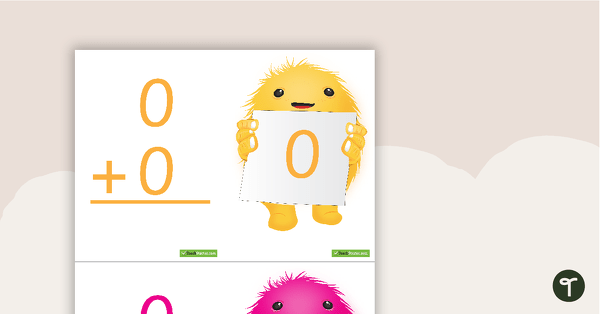
One hundred and one addition flashcards with numbers 0-10.
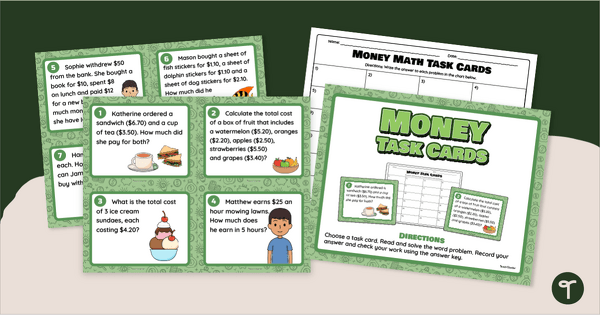
Practise solving money word problems with a printable set of multi-step word problem task cards.
0 Comments
Write a review to help other teachers and parents like yourself. If you'd like to request a change to this resource, or report an error, select the corresponding tab above.